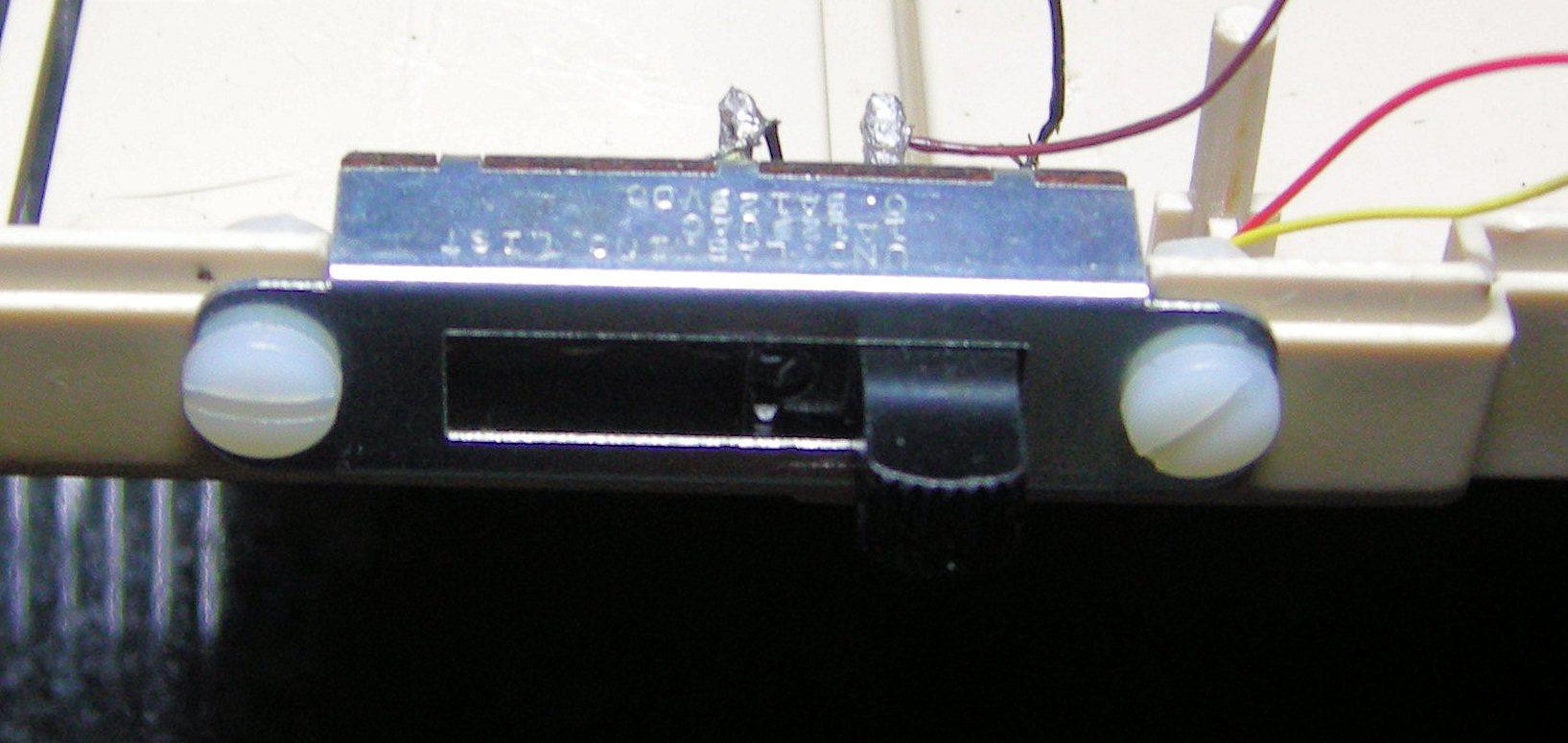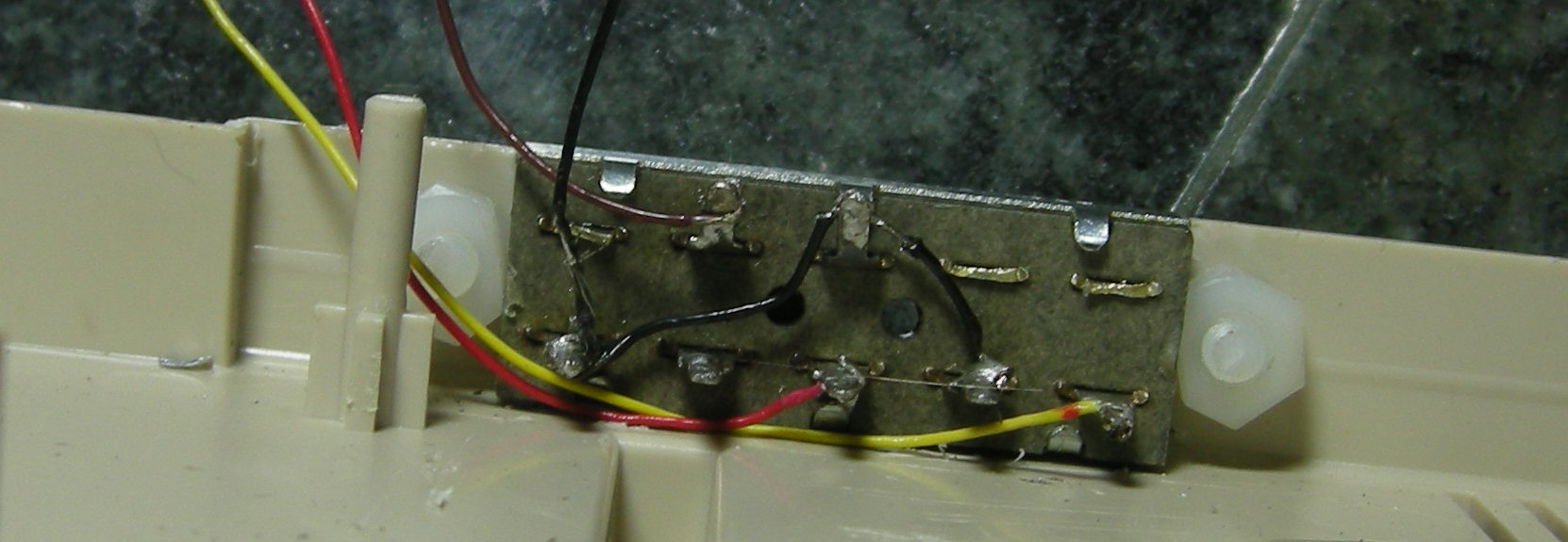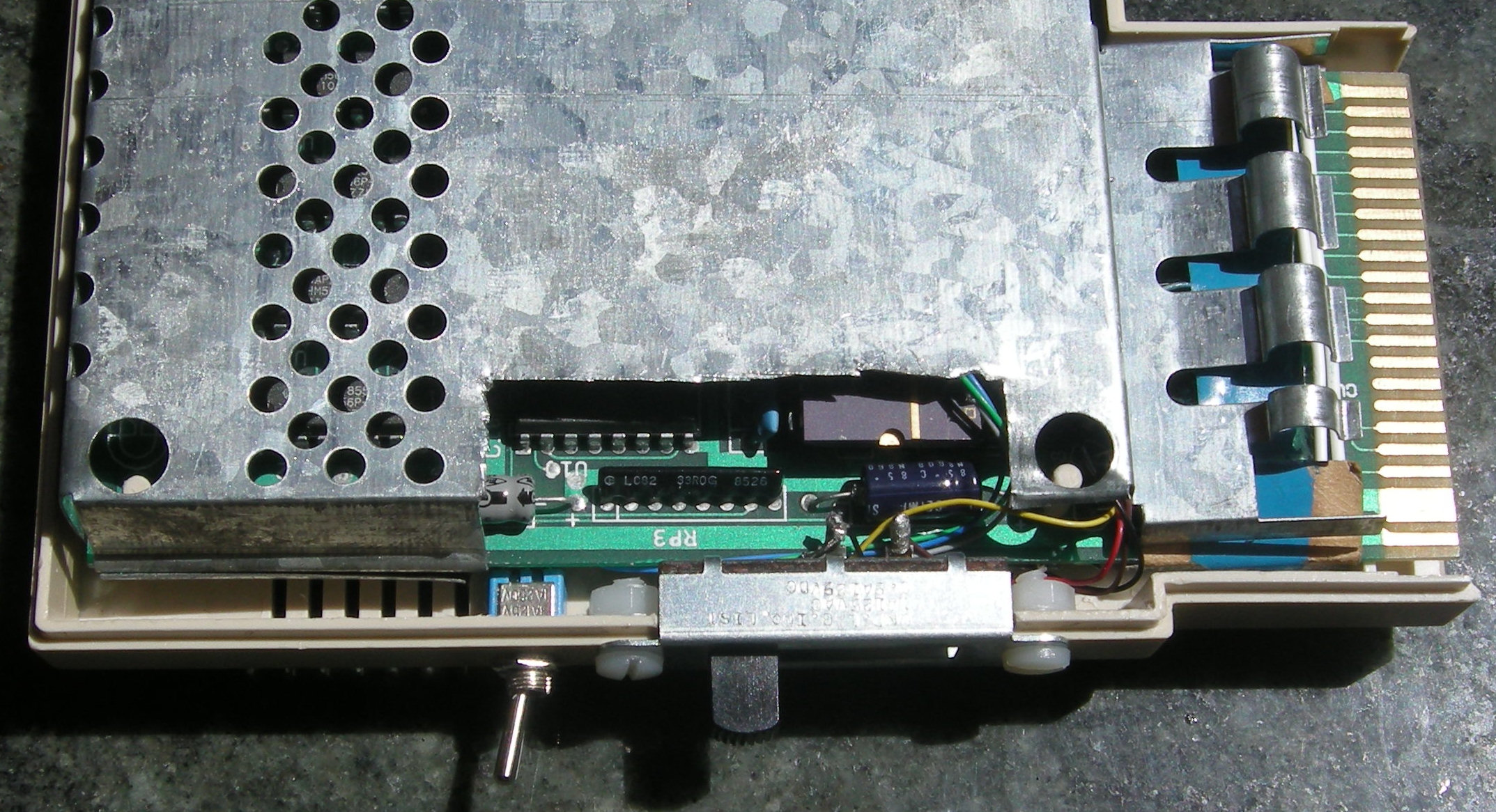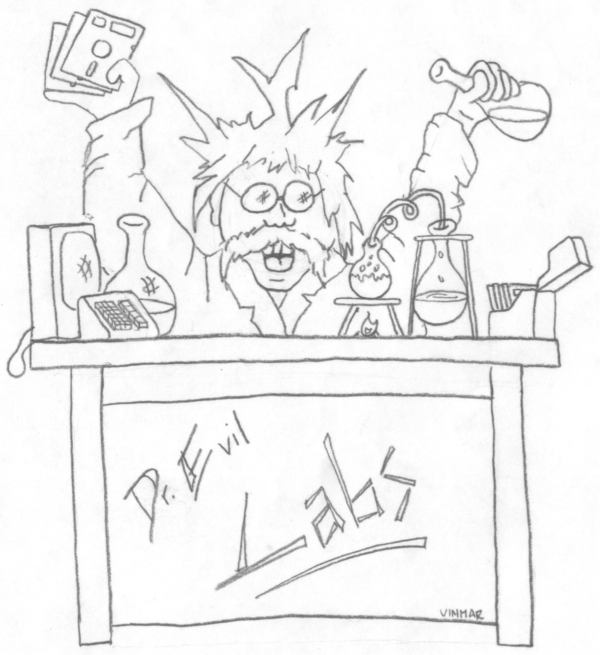CBM REU: Almost a perfect home for function ROMs
If you want to use your CBM RAM Expansion Unit (REU) to host a function ROM, check out this post.
CommVex is coming up quickly! I hope to blog about the SID Symphony Stereo Cartridge next week, before it starts. Today I thought I'd quickly share a modification to my CBM 1750 REU that Bryan Minugh helped me complete, to provide physical switches for the various modes that are possible to control.
Note: The info in this post applies to the version of the CBM REU that features a long, rectangular DIP for the RAM Expansion Controller (REC). I think that was the first design. The later design, which uses a square, surface-mount PLCC, is a different beast. The concepts may apply but probably not the exact execution.
These modes all related to ability of the REU to host a function ROM onboard. Most of the REUs don't come with an actual socket, just the outline on the circuit board, so the first task was to mount a 28-pin low-profile socket.
With that accomplished, the next task was to get a function ROM to properly work in the socket. Thanks to friends Robert McIntyre and Steve Davison, we figured out why most commercially-produced C-128 function ROMs didn't want to work properly in an external socket. More on that is here and a bit more here. Once that was all sorted out, it seemed like a good idea to see if the various modes could be made more accessible than by changing solder pads on the circuit board.
The modes are:
- J1 = how much RAM / how dense. It’s cut for 1700/1750 and connected for 1764.
- J2 = How big of a function ROM for socket—connect one direction for 16K, the other for 32K
- J3 – J5 = ROMH, ROML, and ROMHL. This indicates where in the memory map the ROM will appear:
- J3: 16k ROM at $8000 thru $BFFF (ROML)
- J4: 16k ROM at $C000 thru $FFFF (ROMH)
- J5: 32k ROM at $8000 thru $FFFF (ROMHL)
I decided to not bother with providing a switch for J1, since that's not something I plan on changing. J2 was easy to handle with a single SPDT toggle switch. J3 through J5 were more challenging though, because you want only one of the three jumpers closed / connected at one time, to prevent off behavior and possibly chip damage. Finding such a switch that isn't an enormous rotary affair provide quite a challenge, until I happened upon this odd little device. I had never seen a four-position slide switch before! This particular switch connects adjacent lugs on the same side, not across the body, so it took a little work to figure out how to utilize all four positions. The schematic shows how Bryan did it.
It was challenging, but Bryan and I were able to find a spot to mount the switch so that it didn't interfere with the circuit board. It was a tight fit, to say the least, but it does fit. Bryan worked out the wire connections so that only two lugs were needed on the top row, which allowed us to cut off the unused lugs, which made it easier to slip the circuit board in place. The bottom row of lugs are beneath the circuit board, which works because the REU shell suspends the board above the bottom of the shell. As you can see from the pictures below, a little trimming with tin snips was needed to get the RFI cage to fit. The RFI cage isn't strictly needed but I wanted to preserve the spring fingers.
You can also see that we used nylon screws (#10-24 TPI) to hold the switch in place, not only because they don't conduct electricity, but because they were easy to modify. Notice how one side of each nut has been cut down so that they don't interfere with the far left and far right positions of the switch.

Outside view, showing switch mounting position and screws

Inside view, showing switch lugs and wiring

Inside view, showing slight relief made to lid

Top view, showing modification to RFI cage

Top view, showing everything in place
With this layout, the SPDT toggle is thrown toward the rear for a 32K ROM and toward the front for a 16K ROM. The slide switch's positions are, from back to front:
- ROMHL active (all 32K, J5)
- ROMH active (top 16K, J4)
- ROML active (bottom 16K, J3)
- All ROMs off (uses a pull-up resistor)
Enjoy,
Kent Sullivan



Leave a Comment
You must be signed-in to post comments.Responses